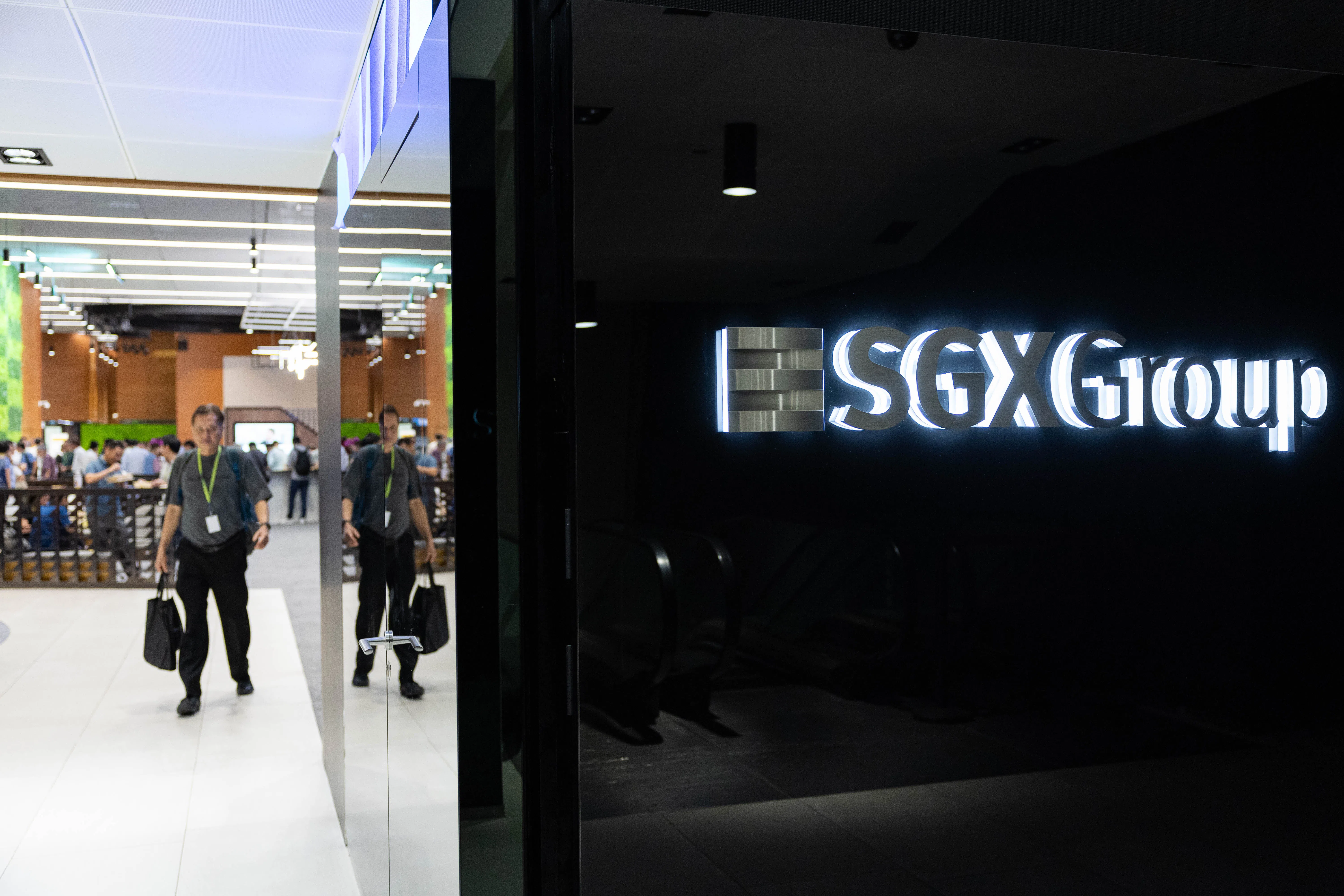SINGAPORE stocks ended higher on Thursday (Jan 23), after the Republic reported that full-year inflation in 2024 came in at 2.4 per cent.
This figure, closely aligned with the official forecast, was significantly lower than the levels observed in 2023.
Data from the Singapore Department of Statistics on Thursday showed that core inflation, which excludes private transport and accommodation, averaged 2.7 per cent last year and was within the range forecast by the Monetary Authority of Singapore (MAS) and the Ministry of Trade and Industry.
The benchmark Straits Times Index (STI) rose 0.7 per cent or 25.36 points to 3,806.57. Across the broader market, gainers outnumbered losers 262 to 237, with 933.4 million securities worth S$1 billion traded.
The biggest gainer on the STI was Singapore Exchange (SGX), which climbed 3.7 per cent or S$0.44 to close at S$12.45. At the bottom of the index was Seatrium, which fell 1.3 per cent or S$0.03 to S$2.22.
Among the actively traded counters by volume was Yangzijiang Financial, which rose 3.5 per cent or S$0.015 to S$0.445, with 28.8 million shares changing hands. Shares of construction and engineering company Ley Choon Group surged 16.7 per cent or S$0.008 to S$0.056.
BT in your inbox
Start and end each day with the latest news stories and analyses delivered straight to your inbox.
All three banking stocks ended the day in the black. DBS climbed 1.1 per cent or S$0.49 to S$43.81, UOB was up 0.9 per cent or S$0.34 at S$37.35, and OCBC gained 0.4 per cent or S$0.06 to S$17.09.
The positive market sentiment comes ahead of MAS’ update to its inflation forecast. At 8 am on Friday, the central bank will announce its revised headline and core inflation forecast range, previously set at 1.5 to 2.5 per cent year on year.
This is rather unusual and may portend a shift in the official inflation forecasts, said Selena Ling, chief economist and head of global markets research and strategy at OCBC in a Thursday report.
MAS also noted that global commodity price pressures are expected to remain low amid favourable supply conditions. Additionally, the price of imported manufactured goods should stay subdued with the strengthening of the Singapore dollar.
Ling said: “Domestically, unit labour costs are expected to increase more gradually, given more restrained wage growth and improving productivity. As such, services inflation should ease further this year.”
Elsewhere in the region, key indices were mostly in the red. South Korea’s Kospi Composite Index fell 1.2 per cent, Malaysia’s FTSE Bursa Malaysia Kuala Lumpur Composite Index slipped 0.7 per cent, and the IDX Composite ended 0.3 per cent lower. Japan’s Nikkei 225 was up 0.8 per cent.
This comes as investors cheered streaming video provider Netflix’s quarterly report and President Donald Trump’s private-sector artificial intelligence infrastructure investment plan.
Chinese stocks posted a mixed performance after six government agencies, including the central bank and the securities regulator, released on Jan 22 (Wednesday) a slew of measures to guide medium and long-term funds into the capital market.
Hong Kong’s Hang Seng index was down 0.4 per cent and the Shanghai Composite rose 0.5 per cent.



